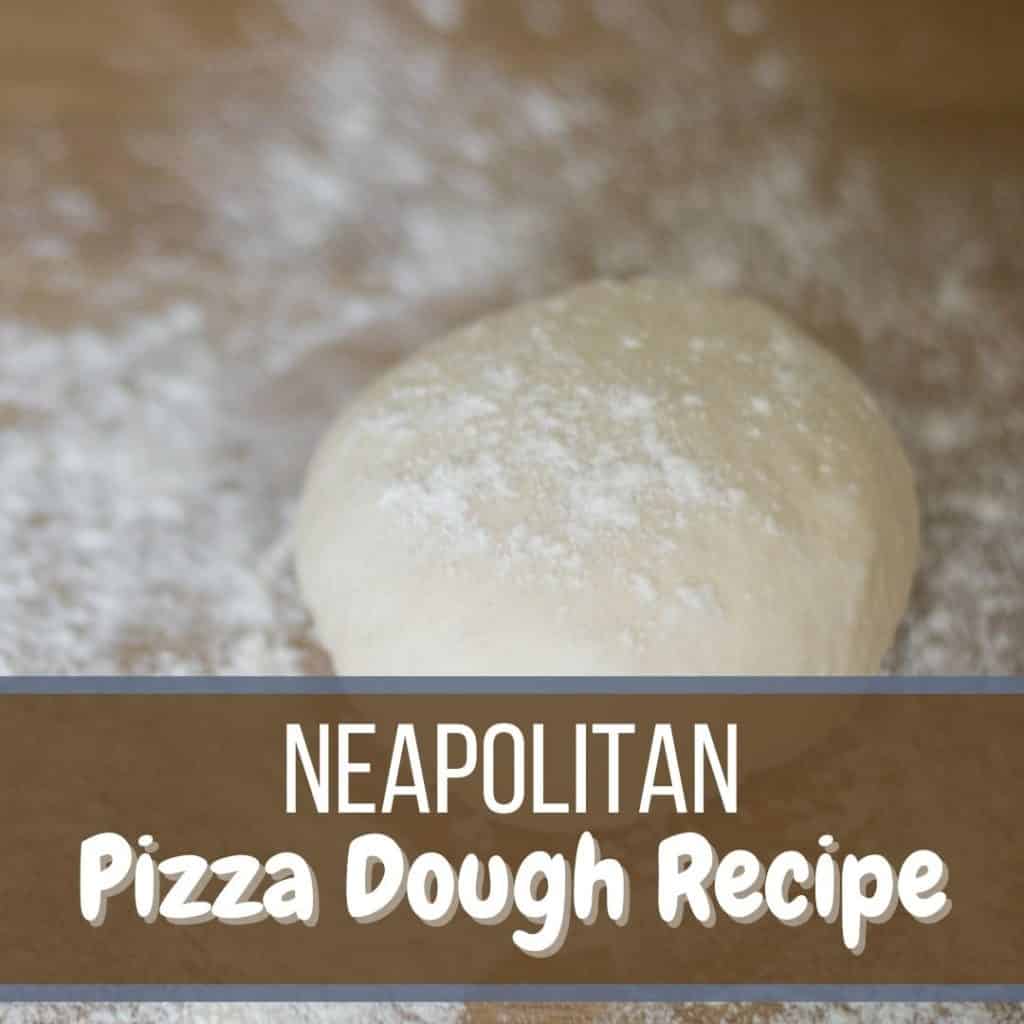From the golden loaves of French baguettes to the heavenly slice of a Neapolitan pizza, it’s hard to resist the charm of these comfort foods. Behind these culinary delights lies a world of detail – a world of dough.
Bread dough and pizza dough, though remarkably similar, have subtle differences that give each its unique qualities.
This article aims to uncover these differences and offer a comprehensive understanding of what makes each dough distinct. Answering the common question Pizza Dough Vs Bread dough, whats the difference?
Quick Takeaway
When comparing Pizza dough vs Bread dough, the differences lie in their ingredients, moisture content, gluten formation, kneading process, fermentation, and cooking methods. While they share many traits, these nuances contribute to the distinct textures and flavors we enjoy in both bread and pizza. With that said, let’s get to the details.
Pizza Dough Vs Bread Dough
There are a number of key differences between bread and pizza dough, such as;
Ingredients
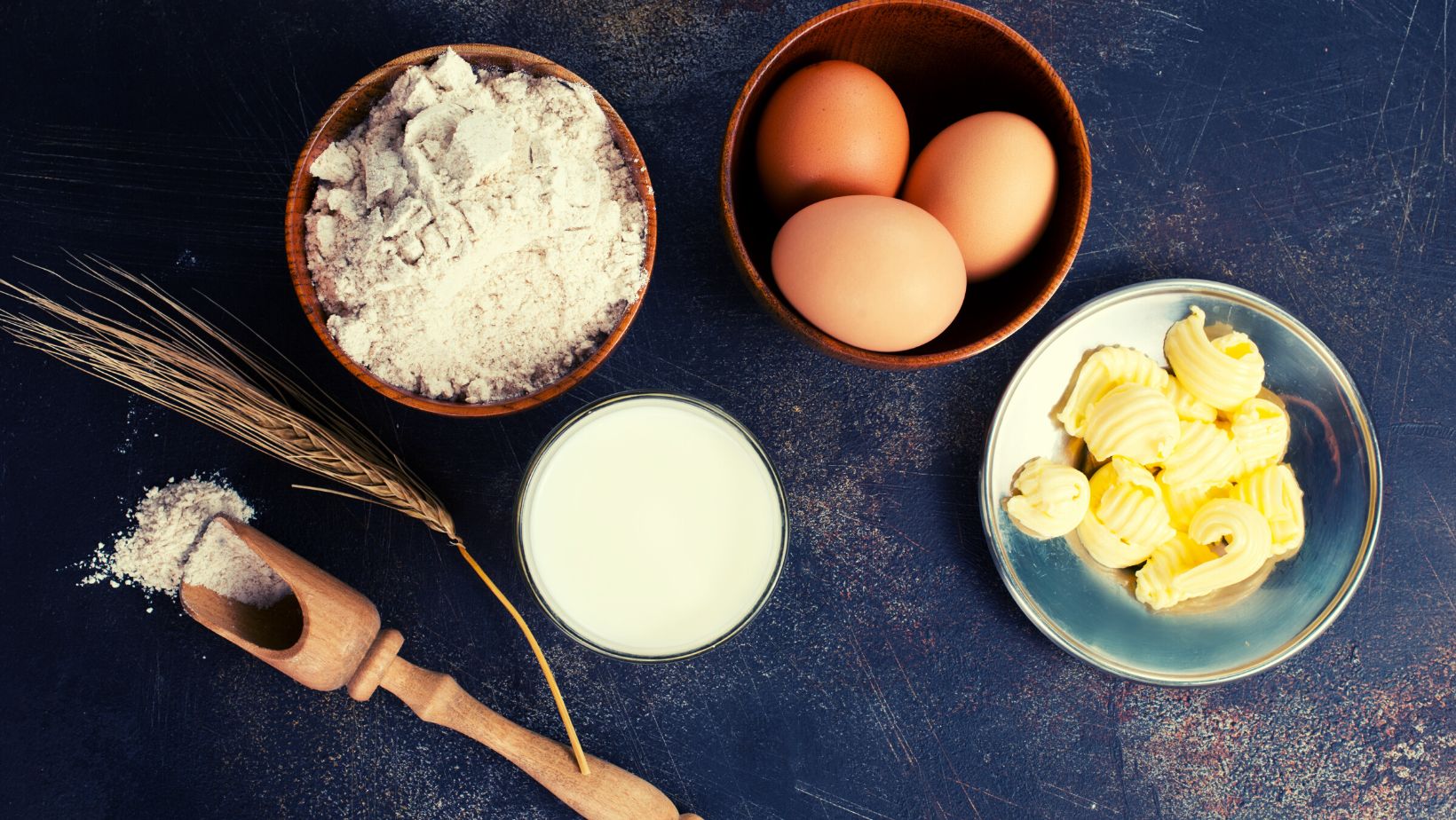
The journey to both pizza and bread starts with four basic ingredients: flour, yeast, water, and salt. The proportion of these ingredients varies in each dough.
A pizza dough recipe often calls for more water and olive oil, which lends to a crust that’s simultaneously crispy and chewy.
Bread dough, alternatively, might incorporate additional ingredients like milk, sugar, or eggs, resulting in a softer and denser bread.
Moisture Content
A crucial determinant in the characteristics of the dough is the hydration level, or the ratio of water to flour in a recipe.
In terms of hydration, pizza dough is generally higher than bread dough, often ranging from 55% to up to 70% or more in some Neapolitan-style pizza dough recipes.
This higher water content leads to a stretchier dough that’s easier to roll out, making it ideal for that thin, perfect pizza base.
High hydration dough also results in an open crumb structure with larger holes, perfect for a pizza that’s light and airy yet crisp.
In contrast, bread dough usually has a hydration level ranging from 60% to 70%, resulting in a denser, softer crumb.
Gluten
Gluten, a network of proteins, is the architect behind the dough’s structure. Bread flour is used in both types of dough for its high gluten content, but the way gluten develops in each varies.
Kneading Process
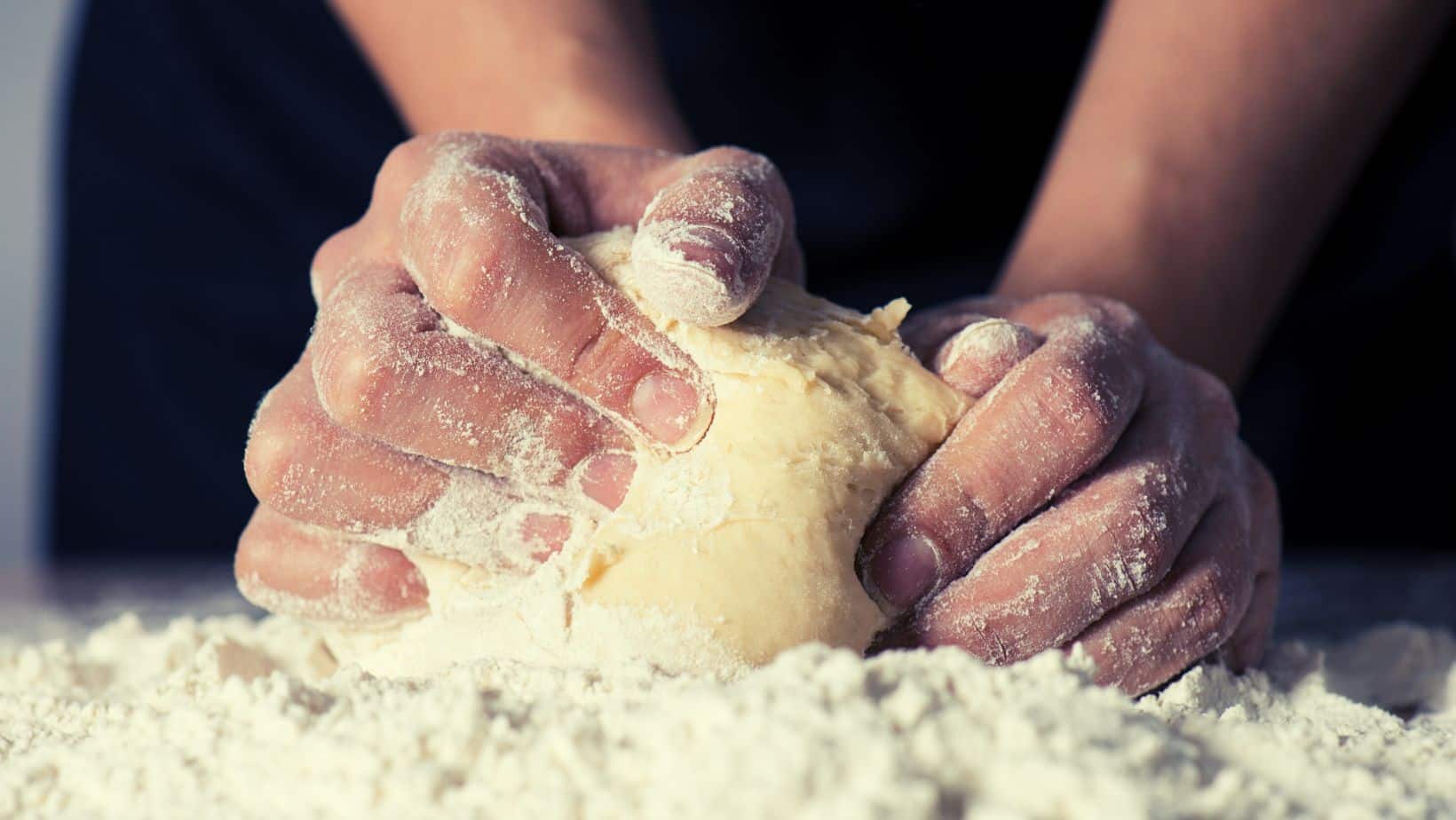
Kneading, the process of working the dough, develops the gluten structure and contributes to the final texture of the product.
Bread dough is generally kneaded for a longer period, often ranging from 10 to 25 minutes depending on the method and recipe.
This extended kneading develops a strong gluten network, leading to a denser crumb structure and a taller rise in the baked bread.
On the other hand, pizza dough usually requires less kneading time, often around 7-10 minutes.
This results in a less developed gluten structure, contributing to a crust that’s tender yet sturdy enough to hold up to a bounty of toppings.
Fermentation
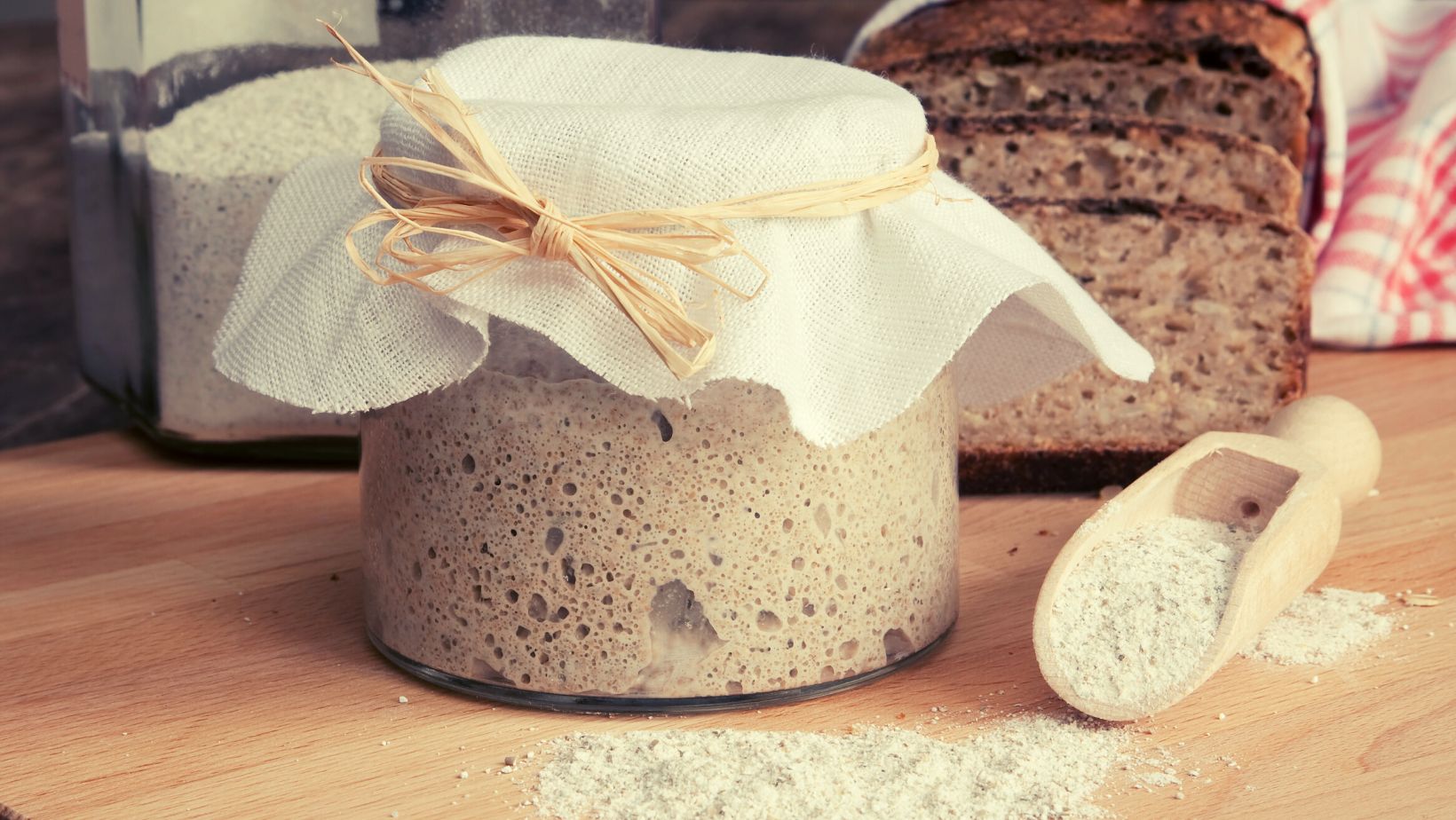
Fermentation, the period when yeast consumes sugars and produces carbon dioxide, further differentiates the two doughs.
Bread dough usually contains more yeast and undergoes a longer fermentation period, leading to a greater rise and more complex flavors.
Cooking Method
The cooking methods of bread and pizza diverge significantly. Bread is typically baked in an oven using a baking tray or loaf tin. Consistent, even heat helps the dough rise and bake uniformly.
In contrast, pizza requires a burst of high heat, often supplied by a pizza oven or pizza stone in a conventional oven.
These methods can create temperatures upwards of 700°F, giving the pizza that characteristic crispy, charred crust with a tender interior.
Types of Pizza Dough and Bread Dough
Different pizza and bread styles across the world have led to a variety of dough types, each with unique attributes.
Pizza Dough Types
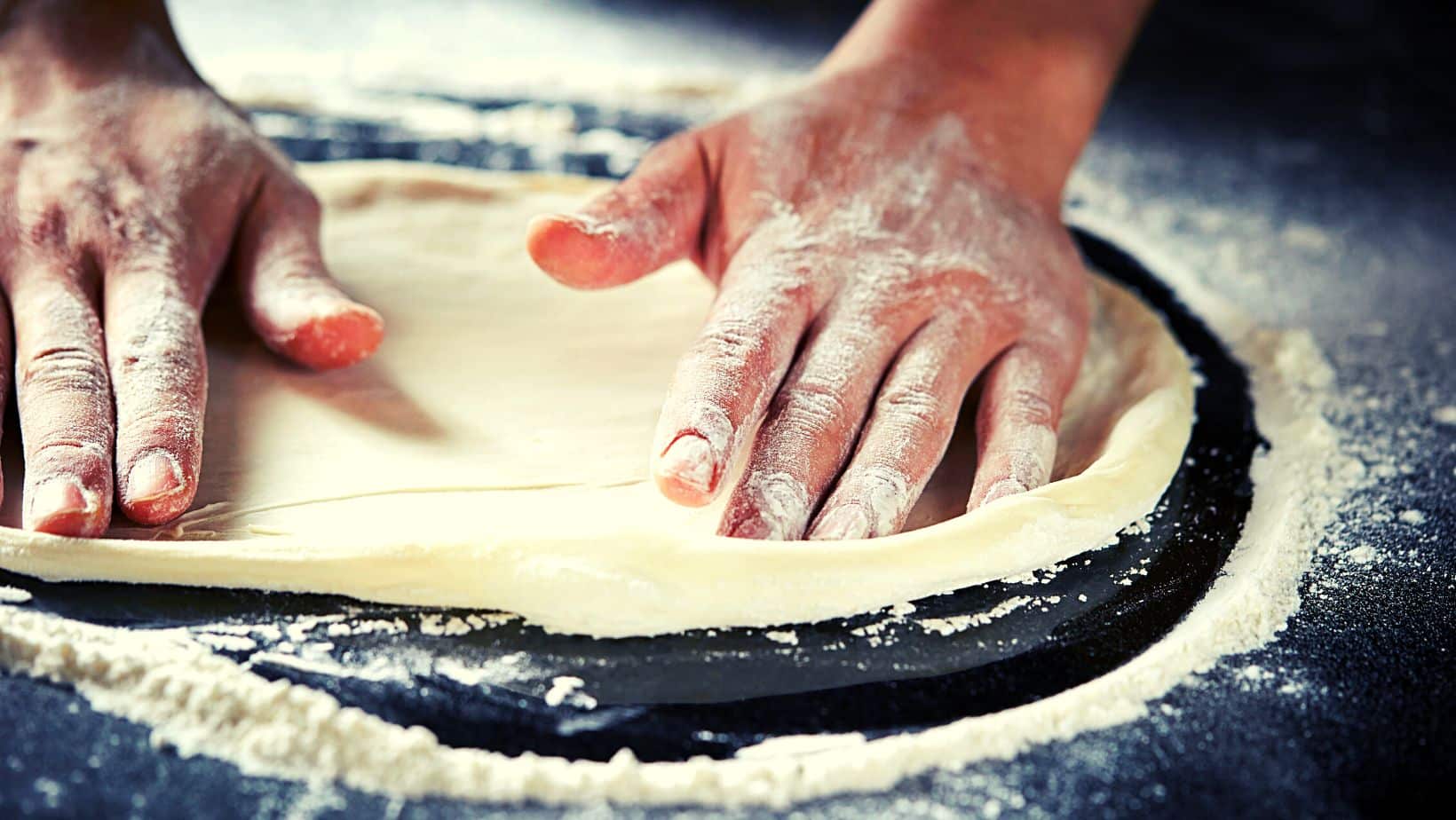
Neapolitan Pizza Dough: This dough, from Naples, Italy, is high hydration and typically contains only flour, water, salt, and yeast. The dough is stretched thin and cooked at high temperatures for a light, airy, and slightly charred crust.
New York-Style Pizza Dough: Often containing both olive oil and sugar, this dough yields a thin, foldable slice with a crispy bottom. It’s typically cooked at a slightly lower temperature than Neapolitan pizza.
Deep-Dish Pizza Dough: Originating from Chicago, this dough often contains more fat, resulting in a flaky, almost pie-like crust. The dough serves as a deep vessel holding a hearty amount of toppings.
Bread Dough Types
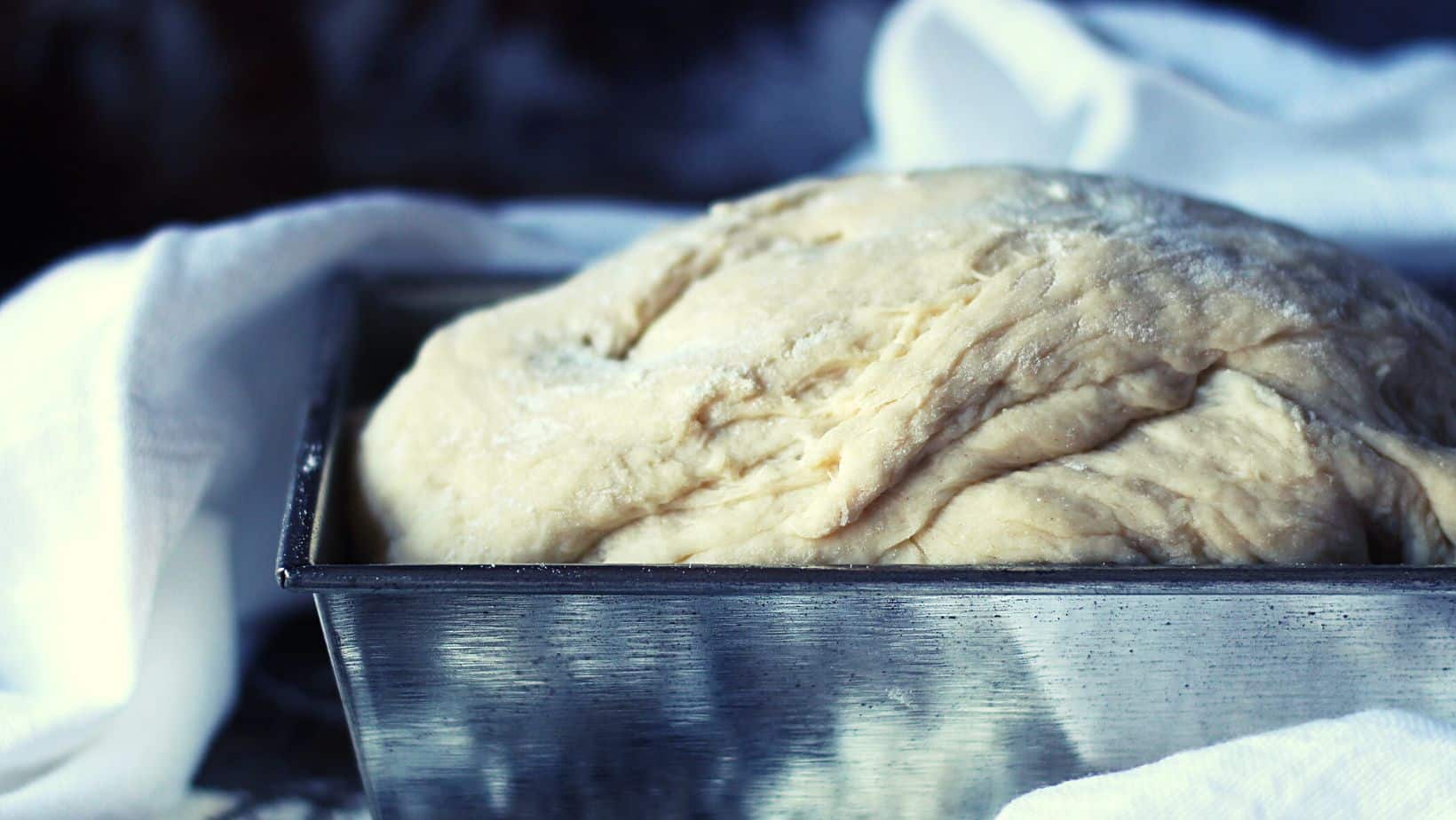
Basic White Bread Dough: This dough often contains milk, sugar, and sometimes butter, yielding a soft and tender crumb perfect for sandwiches and toast.
Whole Wheat Bread Dough: Whole wheat flour gives this dough a hearty flavor and dense texture. It might require additional water due to the absorbent nature of whole wheat flour.
Baguette Dough: This French bread dough typically has a straightforward ingredient list (flour, water, yeast, and salt) but requires specific shaping techniques and a steam-filled oven to achieve the crackly crust and airy interior.
Sourdough Bread Dough: Sourdough bread uses wild yeast captured in a sourdough starter, which is added to the dough instead of commercial yeast. This dough undergoes a long fermentation process, resulting in a loaf with a crusty exterior, soft interior, and distinctive tangy flavor.
While these are just a few examples, they showcase how variations in ingredients and techniques lead to a wide array of pizza and bread styles. The beauty of baking lies in its flexibility – don’t hesitate to experiment with different types of dough to discover your favorite.
Can You Swap Pizza Dough and Bread Dough?
So, can you interchange doughs? Yes, you can, but the final product will mirror the characteristics of the dough used. That said, experimenting in the kitchen is always encouraged, and the best way to learn is by doing.
Other Uses for Pizza Dough
If you’re left with extra pizza dough, it doesn’t have to go to waste. You could make delicious garlic knots or turn it into a rustic flatbread. If you’re feeling adventurous, try using the dough to create homemade bagels or breadsticks.
Similarly, bread dough can be put to creative use as well. Ever heard of breadsticks or cinnamon rolls? Yep, you guessed it. They can be made from leftover bread dough. And let’s not forget about the classic dinner rolls or monkey bread.
Final Thoughts
Understanding the subtle distinctions between pizza dough and bread dough not only enriches our knowledge of these beloved food staples but also enhances our baking experiences.
It’s not just about learning what ingredients go into each dough or the various processes involved in their creation; it’s about unraveling the stories each dough type tells, their unique characteristics, and how these contribute to the delightful culinary symphony we get to enjoy.
Both pizza dough and bread dough are exquisite in their own right, representing the vast and diverse world of baking.
They have their unique places in our kitchen and, ultimately, in our hearts.
And while they share similar ingredients and processes, the differences in their proportions, kneading, fermentation, and cooking methods lead to an array of textures and flavors that make pizza and bread their own unique self.
As you go ahead, you’re now equipped with a new understanding of these doughs.
When you next knead a dough ball or see the dough rise, you’ll understand the science and artistry that goes into it.
You’ll be able to appreciate how small changes in hydration, kneading time, or cooking method can result in a delightfully different product.
And who knows? This new knowledge might even inspire you to experiment, innovate and create your very own signature bread or pizza recipe.
And remember, no matter if it’s a pizza fresh out of the oven or a warm, soft loaf of bread, the key to great food always boils down to one ingredient that is universal to all recipes – love.
It’s love that will make you knead the dough one more time, check the oven twice, or sprinkle that extra pinch of salt. So, as you embark on your baking journey, make sure to pack in loads of it!
So there we have it – a deep dive into the world of pizza dough and bread dough.
May your pizza be crispy, your bread be soft, and your love for baking never cease. Keep baking, keep learning, and most importantly, keep sharing the love – one dough ball at a time.
Frequently Asked Questions
Is frozen bread dough suitable for pizza?
Sure, but remember that the final crust will be more bread-like and soft.
Can I make bread from my pizza dough recipe?
Yes! Your final bread will be chewier than regular bread, but it’s fun to play around with textures.
How can I make pizza dough at home?
All you need are basic ingredients like bread flour, yeast, water, salt, and olive oil. Mix, knead, let rise, and there you have it – pizza dough, ready for baking!





